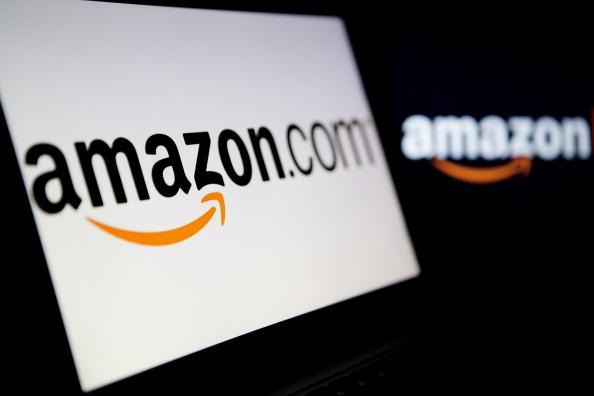Over the past few years, there has been no shortage of high-profile credit card breaches at some of the largest retailers in the country.
From Target to Home Depot, it seems that we can’t go a few months without hearing a story regarding some new worrisome data breach. With respect to Home Depot in particular, it’s estimated that nearly 60 million credit cards were compromised over a 5-month period.
Compounding the problem is that retailers aren’t the only target that hackers have their eyes on. In recent months, hackers have managed to obtain confidential information from targets as varied as the U.S. Government, health insurance providers, and even popular apps like Twitter and Snapchat. Indeed, it can get a bit tiring trying to keep up with what sites have been exposed to security breaches and when.
DON'T MISS: How to download and install Windows 10 right now
Jumping to the rescue is The New York Times which recently put out a handy quiz that lets users figure out a) if their personal information has been exposed to hackers and b) what type of personal information may have been compromised.
Without question, the most worrisome hack involves the federal government. As the quiz lays out, anyone who either applied for a job or who worked for the federal government anytime after 2000 may have had their address, employment history, financial history, fingerprints, and even social security number compromised.
While some breaches, like Twitter, only put your email and password at risk, an Adobe breach from before 2013 put user credit card information at risk.
All in all, if you’re at all concerned with online privacy and keeping your confidential information free from prying eyes, this quiz is definitely worth checking out.
As for what consumers can do to protect themselves, well, that’s an interesting question.
The Times notes that part of the problem centers on outdated equipment:
At government agencies, old, out-of-date systems and budget shortfalls have left information vulnerable. Security experts say there is no way to keep hackers out of systems with traditional defenses like firewalls and antivirus software.
With breaches now the norm, organizations are finally moving towards more modern defenses, like monitoring software that can pick up unusual network activity and two-factor authentication, a system that requires employees and Internet users to enter a second, one-time password when they log in from a new computer. But security experts say the only way information can be protected is to scramble it with encryption technology that makes it unreadable to hackers.
So while consumers are essentially helpless when an entity like a health insurance provider is hacked, certain services like Apple Pay can help reduce the likelihood of losing one’s sensitive information when conducting traditional retail transactions.
Additionally, turning on two-factor authentication whenever possible can help quite a bit. And last but not least, remember to never use the same password across all online sites.



